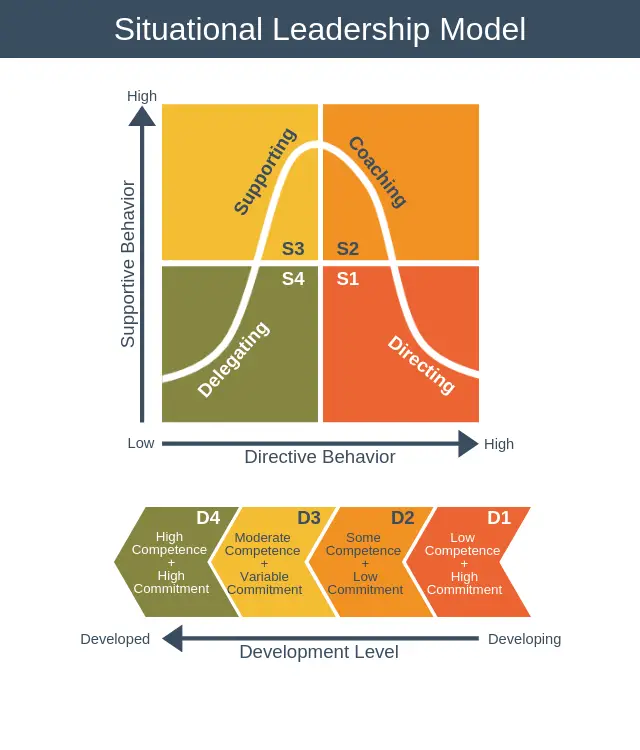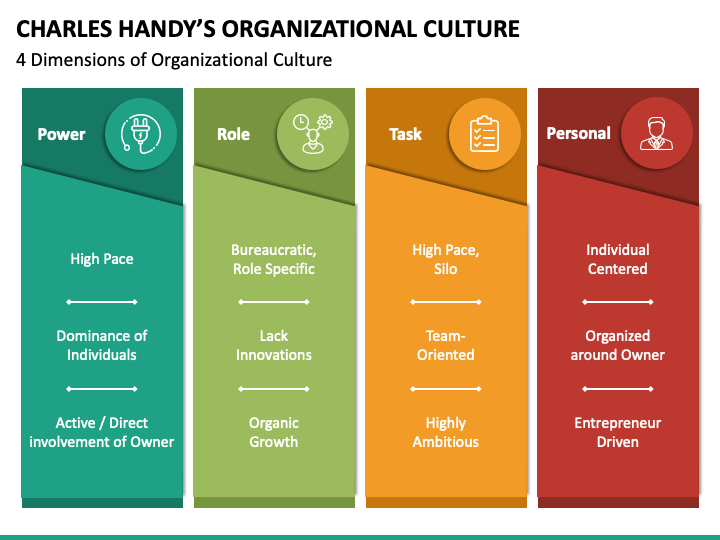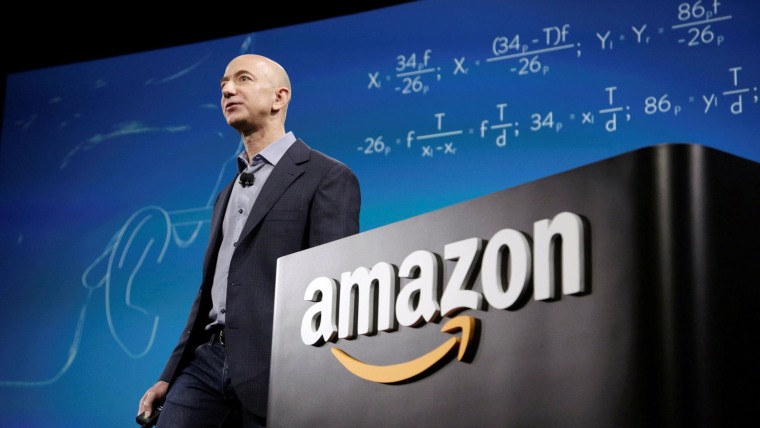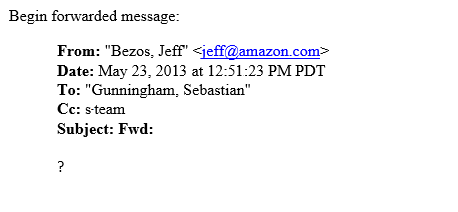I believI believe that one of the most intricate and multifaceted phenomena is leadership. The most effective leadership style has become extensively researched in recent years, and it is now more vital than ever in today’s fast-paced and globalised culture. Nevertheless, owing to the subject’s complexity and leadership continues to provoke enthralling and puzzling debate.
Firstly, leadership, and what it is?

Leadership is the ability to motivate a group of people to work together toward a common objective. (Hughes, Ginnett and Curphy, 1996). In a corporate setting, this might entail leading employees and colleagues with a plan to meet the company’s needs.
Leadership captures the fundamentals of being competent and ready to inspire others. Gardner (1993) emphasizes that effective leadership is based on original and borrowed ideas that are successfully conveyed to others in such a way that individuals are enticed to behave in the manner that the leader intends.
A leader inspires others to act while simultaneously directing their activities. They must be liked enough for others to follow their instructions, and they must be able to think critically enough to know how to best use an organization’s resources. (Gardner, 1993).
Are Leaders Born or Made?
Western leadership philosophy is a dynamic, living entity that changes with time. As a consequence of extensive study throughout the years, many possibilities have emerged.

Blunt and Jones (1997) emphasize examining the development of leadership concepts across time provides significant context and perspective for understanding the subject’s complexity. Each hypothesis has strength and weakness, and each seems to contribute to the leadership conundrum. In today’s complex, dynamic, and globalised world, organisations are always dealing with change and uncertainty, and no one leadership theory has been able to handle all of the issues. (Blunt and Jones, 1997). Many individuals feel that traditional hierarchical notions of leadership are becoming less and less relevant as our contemporary world becomes more complicated. As a consequence, the focus shifted away from leadership qualities and behaviours and toward a more systemic view of leadership as a collective social process arising from various elements interacting (Westen, 2019). In an effort to cope with the new leadership theories were established in response to changing organisational and corporate realities, resulting in new and more relevant definitions of leader, follower, and situation.
But, what’s the differences to management?
While the terms leadership and management are often used interchangeably, they are not interchangeable. Leadership skills go beyond those of a manager. Kest (2006) argues that leaders and managers must manage the resources they have, but exceptional leadership requires much more. Managers, for instance, may or may not be characterised as inspirational by their direct reports, but a leader must inspire those who report to them.
| Leadership V.S. Management | |
| Leadership | Management |
| Leaders act in the best interests of their followers. | Managers get things done correctly. |
| Leading is a connection of influence. | Managing entails a power dynamic. |
| Leading is a catalyst for change. | Stability is achieved by management. |
| Followers must be inspired. | Those beneath them may or may not be inspired. |
| It places a strong emphasis on innovation. | It places a strong emphasis on logic and control (Kest, 2006). |
| It’s possible that they’re careless with protecting old structures. | Attempts to operate within the confines of current corporate structures in order to maintain them. |
| Typically, it functions with a high level of autonomy (Sharma and Jain, 2013). | A link in the corporate chain of command, in most cases. |
| Interpersonal concerns may be less of a worry. | Interpersonal concerns may be more important to them. |
The Adair’s Model
The efficacy of a leader is judged in three areas: satisfying the demands of a shared task, meeting the requires of a team, and meeting the requires of individual team members (Gardner, 1993). Adair’s approach argues a close relationships between management and leadership in the diagram below, the three requirements are shown as overlapping circles.

Steve Jobs and His Apple
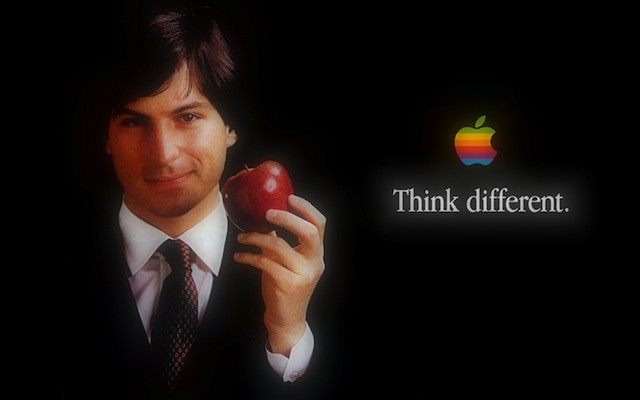
Apple’s enormous success is due in large part to the influence of its most renowned boss, Steve Jobs. The early years’ Jobs was regarded as one of the world’s most renowned situational leaders. While the majority of people connect Jobs with an authoritative telling style of leadership, his approach was really considerably more complex than many realise (Isaacson, 2012). Jobs’ infamous product releases had a purpose other than to pique customer interest in new products. Jobs also utilised the launches to persuade his employees to believe in his vision. Despite the ensuing enormous success, Jobs had an extraordinary capacity to push teams to pursue ideas that were controversial internally. He was also capable of leading via delegation. Jobs wanted to employ the top talent in fields in which he was unfamiliar.
The Situational Leadership
Situational leadership is predicated on the ‘readiness’ of the followers to be influenced (Hersey et al, 1979). This leadership style occurs only when leaders recognise environmental signs and modify their policies, attitudes, and actions appropriately. Hersey et al (1979) emphasize telling, selling, and participating are all leadership styles that must be changed and relegating to accommodate their followers’ various levels of religious, personal and psychological development. To influence events, leaders must first understand the environment and the demands of their workforce. This prompts study into the factors that determine a leader’s ability to influence the conduct of followers (Hersey et al, 1979).
Each Coins have Two Sides
| Advantages | Challenges |
| Leaders are free to choose the leadership style that they feel is most appropriate in any particular scenario (Blanchard, Zigarmi and Nelson, 1993). | Situational leadership may create uncertainty inside an organisation, since a situational leader’s style may alter often to meet the demands of each team or person (Thompson and Vecchio, 2009). |
| For competent leaders who understand how to apply it, a situational leadership style may be more comfortable. | Situational leadership is prone to concentrate only on short-term objectives, oblivious to long-term objectives. |
| This form of leadership is quite straightforward, since all that is required is the capacity to analyse and respond to changing circumstances (Thompson and Vecchio, 2009). | Situational leadership is often ineffective when repeated tasks must be accomplished, since this kind of leadership is adaptable, but many task-driven situations are not. |
| Situational leadership may help create a more pleasant work environment for workers by matching the leadership style used to their requirements. | Situational leadership is contingent upon the leader’s capacity to assess the maturity level of an employee. Certain leaders are unable to accomplish this successfully and may therefore utilise a leadership style that is inappropriate for a specific individual or team. |
| This style of leadership takes into consideration workers’ varied stages of growth and assists in meeting each employee’s skill level and demands. |
The Legend and Changes of His Style
The focus shifted away from leaders and their traits and onto the complex and continual interactions and interrelationships that exist between the leader, the followers, and the situation. Despite being forced out of office during his first term owing to authoritarian tendencies, Steve Jobs returned with a more transformative approach. (Deutschman, 2001). Jobs’ charismatic and imaginative leadership involved selecting key members of Apple’s marketing, design, and product teams, as well as bringing everyone together. He urged them to consider things that consumers didn’t even realize they needed and to pursue them aggressively. He utilized leadership to help reform his company’s structure, increase employee happiness, and use goods to make a difference in the world. Apple is famed for its innovation, which is primarily due to Jobs’ encouragement of employees and use of transformational leadership to empower everyone to express themselves creatively.

Bass and Riggio (2006) point out that transformational theories look at how leaders inspire followers to seek objectives that are bigger than themselves. A transformational leader creates and communicates a vision that gives people direction, concentration, purpose and inspiration in their work.
Conclusions and the Enlightenments
Experience, competence and decision-making abilities are essential for accomplishing tasks, achieving objectives and ensuring self-interest. Values and ethics are not given enough weight in the shaping of a leader’s personality, which many believe is at the basis of the current leadership issue (Bass and Riggio, 2006). Constructed equivalency is a critical topic in modern cross-cultural study.
Leaders who are knowledgeable of a culture’s beliefs and practises may make informed judgments about their leadership styles and how they will affect day-to-day operations and crisis management in their organisations. A leader’s acknowledgement and explanation to his followers that a traditional cultural practise will be broken and why might assist prevent or reduce conflicts and complications.

Reference
- Hughes, R., Ginnett, R. C., & Curphy, G. J. (1996). ‘Leadership’. Chicago, Irwin.
- Gardner, J. (1993). ‘On leadership’. Simon and Schuster.
- Blunt, P., & Jones, M. L. (1997). ‘Exploring the limits of Western leadership theory in East Asia and Africa’. Personnel Review.
- Western, S. (2019). ‘Leadership: A critical text’. Sage.
- Kest, R. T. (2006). ‘Principles of leadership: Leadership management’. Futurics, 30(1/2), 52.
- Sharma, M. K., & Jain, S. (2013). ‘Leadership management: Principles, models and theories’. Global Journal of Management and Business Studies, 3(3), 309-318.
- Koopman, P. L. (2000). ‘Feminine leadership: A review of gender differences in managerial behaviour and effectiveness’. Women in management: Current research issues, 2, 120.
- Isaacson, W. (2012). ‘The real leadership lessons of Steve Jobs’. Harvard business review, 90(4), 92-102.
- Deutschman, A. (2001). ‘The second coming of Steve Jobs’. Currency.
- Hersey, P., Blanchard, K. H., & Natemeyer, W. E. (1979). ‘Situational leadership, perception, and the impact of power’. Group & Organization Studies, 4(4), 418-428.
- Blanchard, K. H., Zigarmi, D., & Nelson, R. B. (1993). ‘Situational Leadership® after 25 years: A retrospective’. Journal of Leadership Studies, 1(1), 21-36.
- Thompson, G., & Vecchio, R. P. (2009). ‘Situational leadership theory: A test of three versions’. The leadership quarterly, 20(5), 837-848.
- Bass, B. M., & Riggio, R. E. (2006). ‘Transformational leadership’. Journal of European industrial training.
